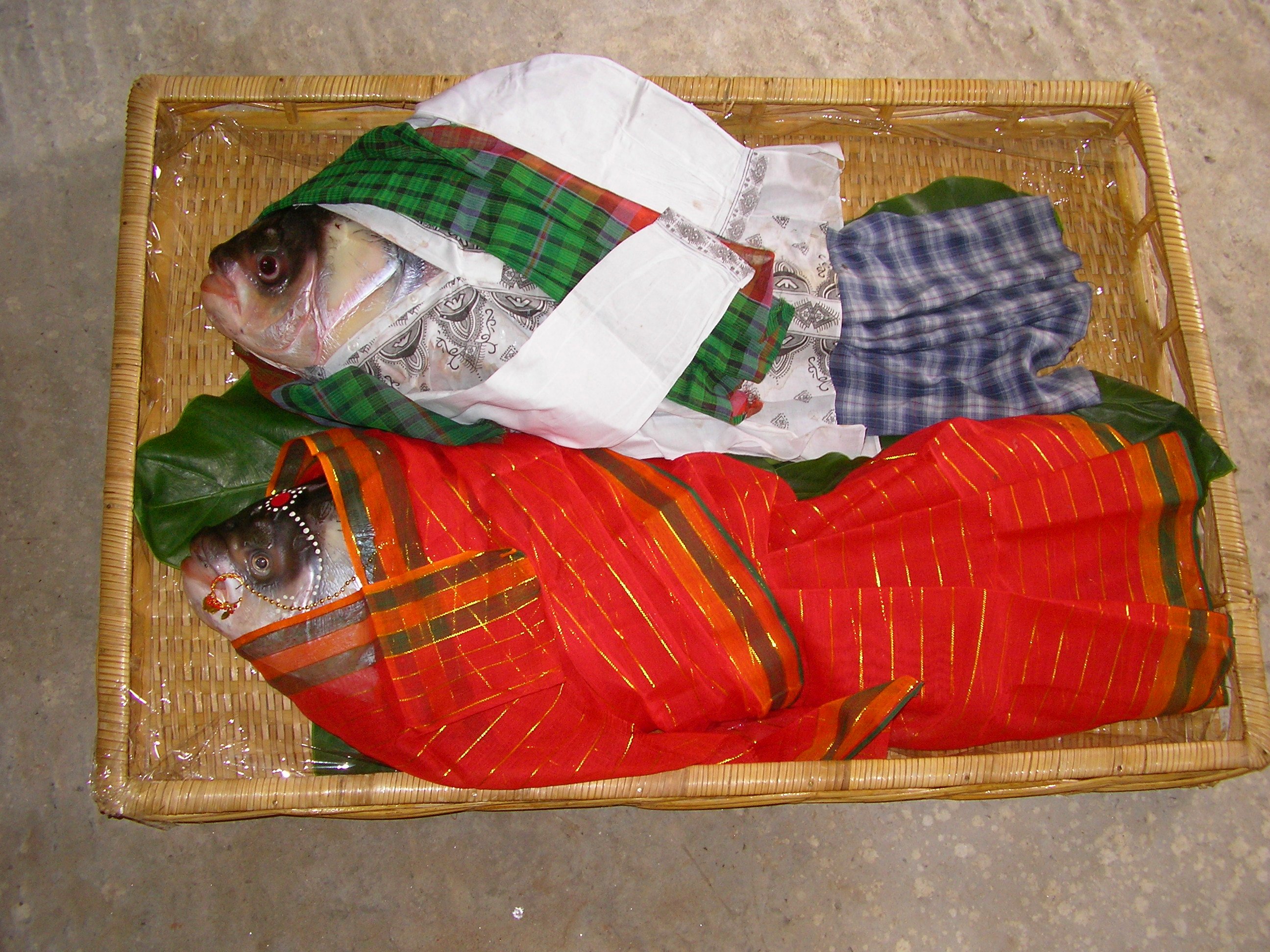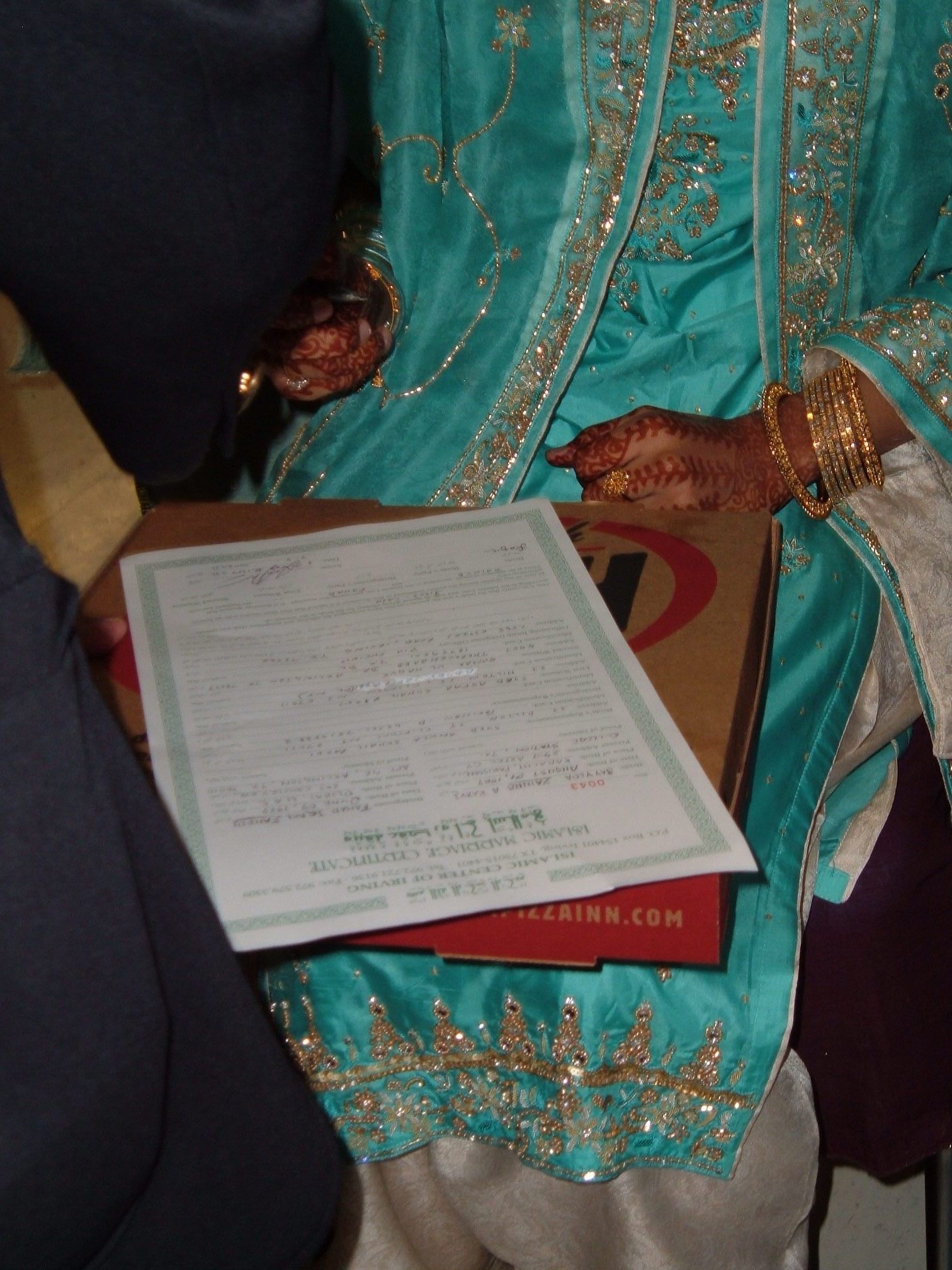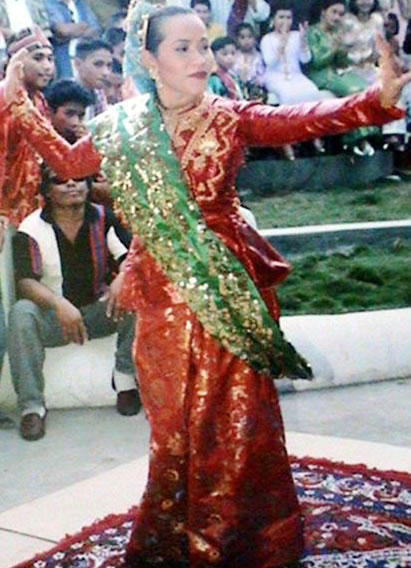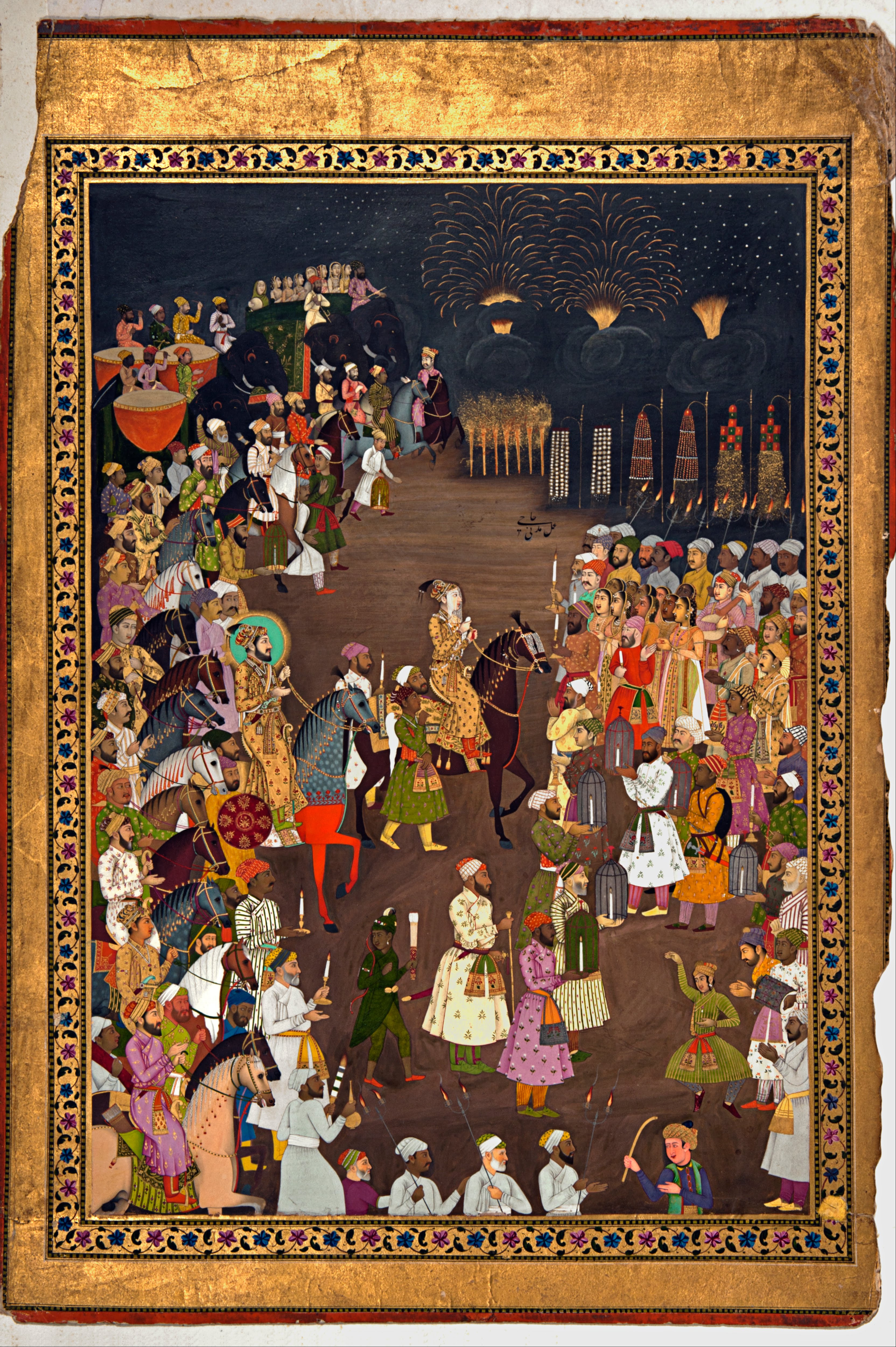Islamic marriage customs and rites
Enlarge text Shrink textIslamic marital practices are traditions and practices that relate to wedding ceremonies and marriage rituals in the Muslim world. Although Islamic marriage customs and relations vary depending on country of origin and government regulations, Muslims from around the world are guided by Islamic laws and practices specified in the Quran. Islamic marital jurisprudence allows Muslim men to be married to multiple women (a practice known as polygyny). According to the teachings of the Quran, a married Muslim couple is equated with clothing. Within this context, both husband and wife are each other's protector and comforter, just as real garments “show and conceal” the body of human beings. Thus, they are meant “for one another”. The Quran continues to discuss the matter of marriage and states, "And among His Signs is this, that he created for you mates from among yourselves, that you may dwell in tranquility with them, and He has put affection and mercy between your [hearts]…". Marriages within the Muslim community are incredibly important. The purpose of marriage in Islamic culture is to preserve the religion through the creation of a family. The family is meant to be “productive and constructive, helping and encouraging one another to be good and righteous, and competing with one another in good works”. Out of tradition, Muslim grooms opt to wear the Imama turban at the wedding ceremony. While the Pheta headwear is common in South Asia, Salafi and western scholars advise against it due to its non-Islamic connotations, and to instead wear the Arabic Imama.
Read more on Wikipedia >
 Topic
Topic













